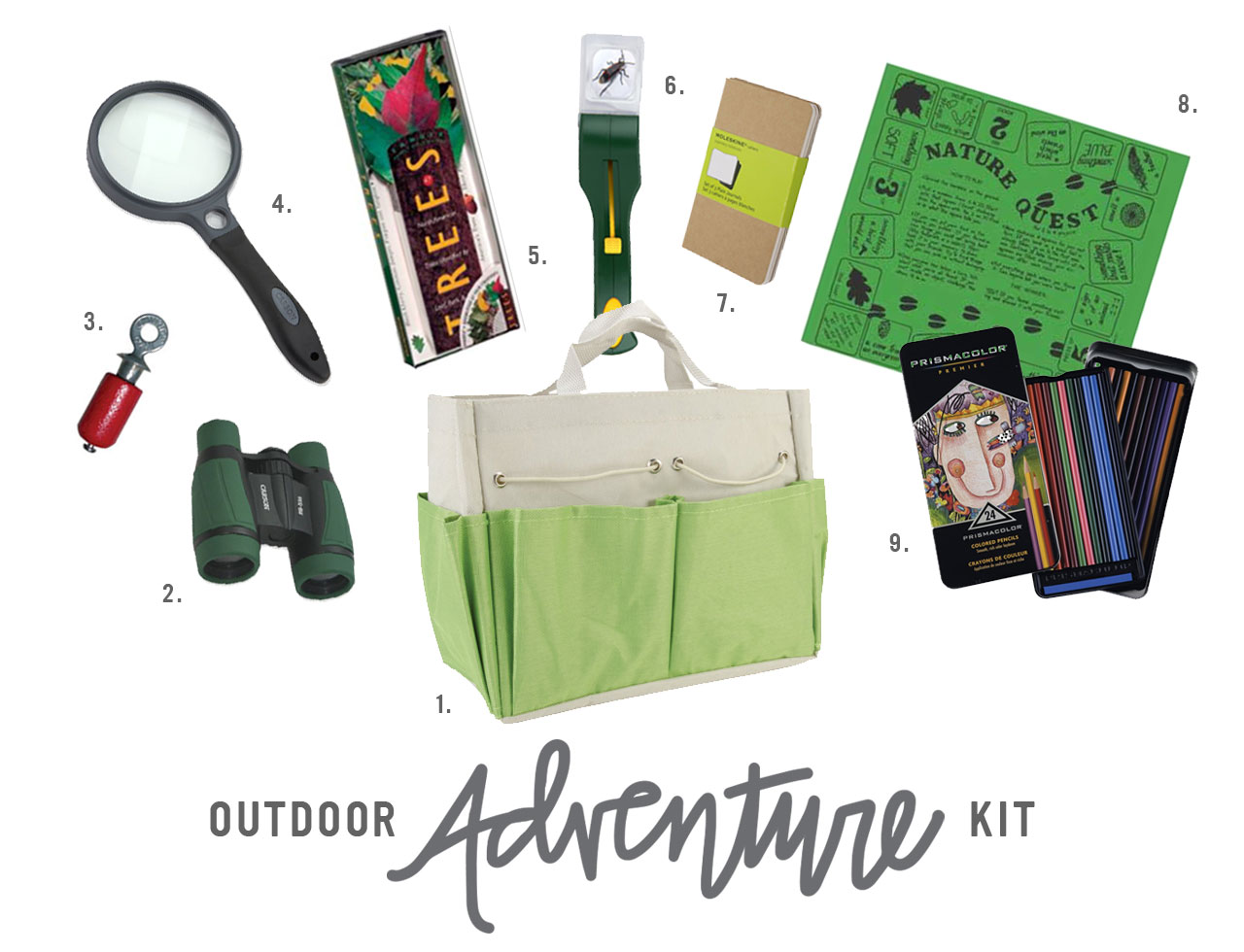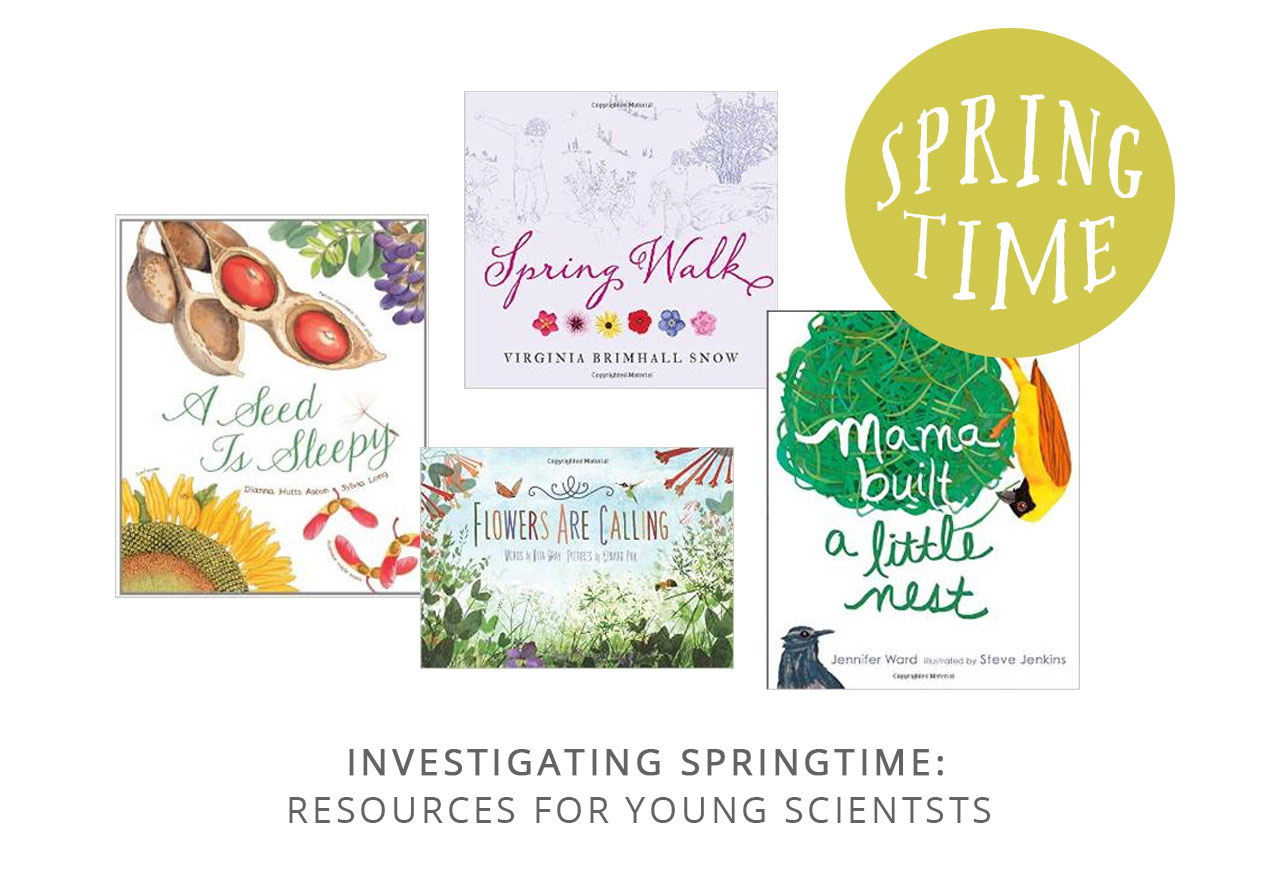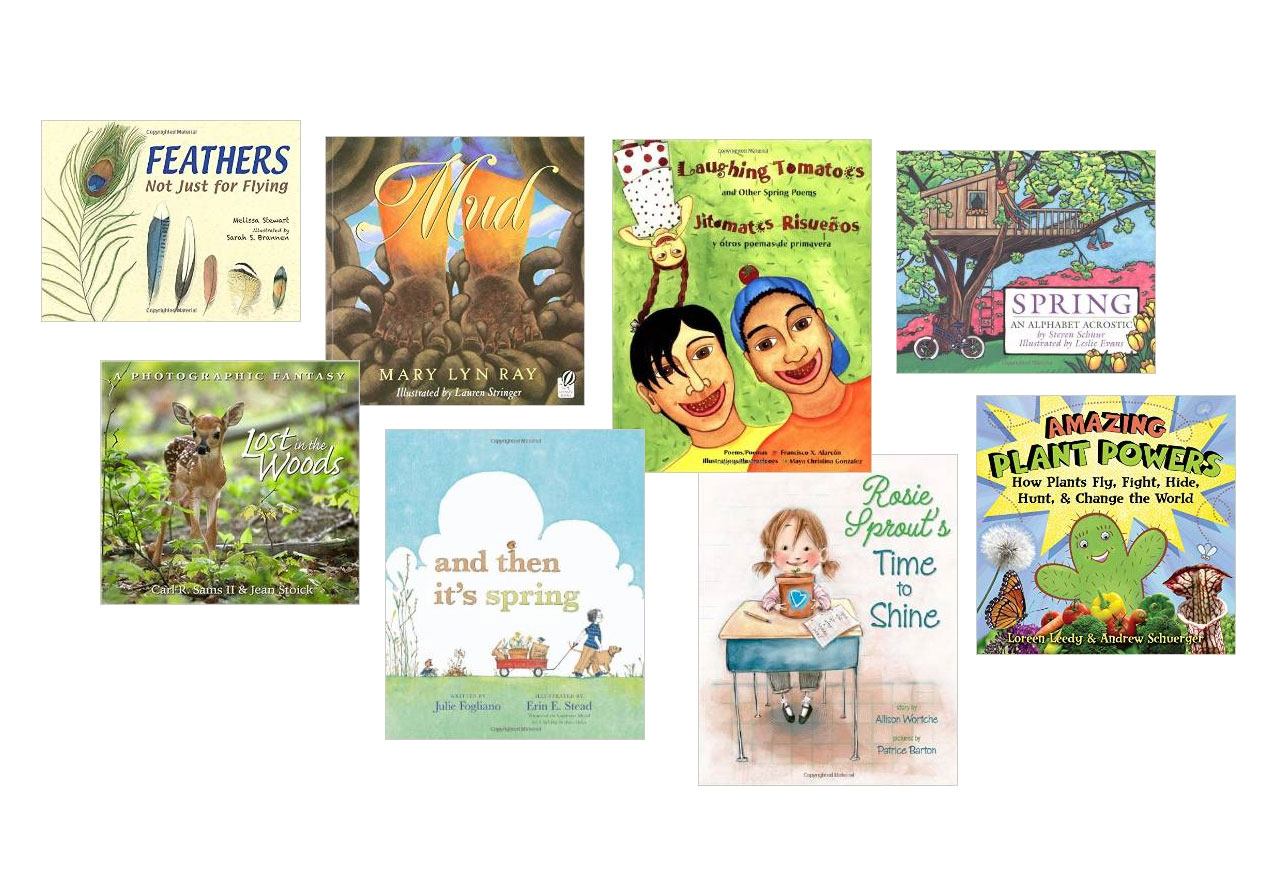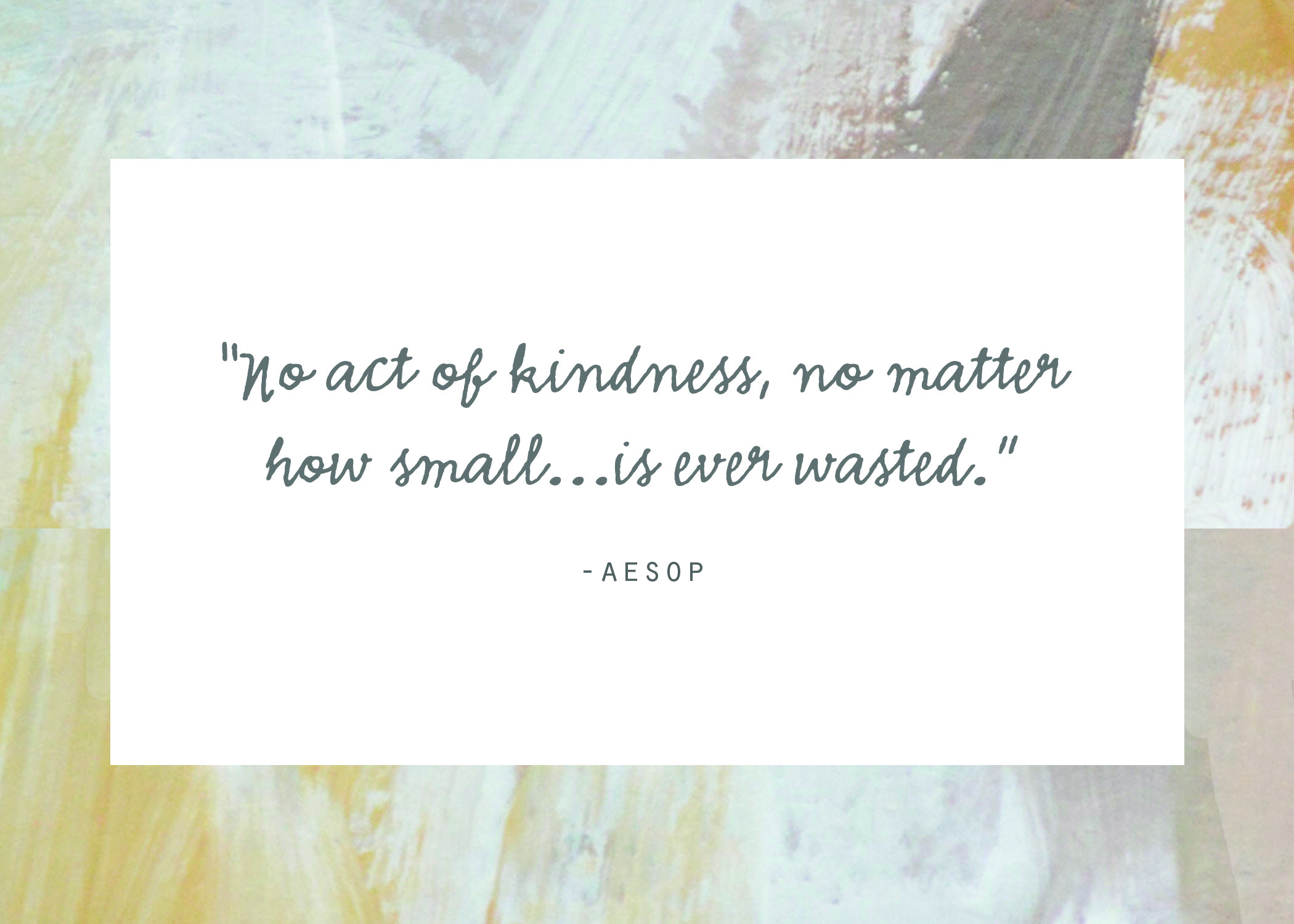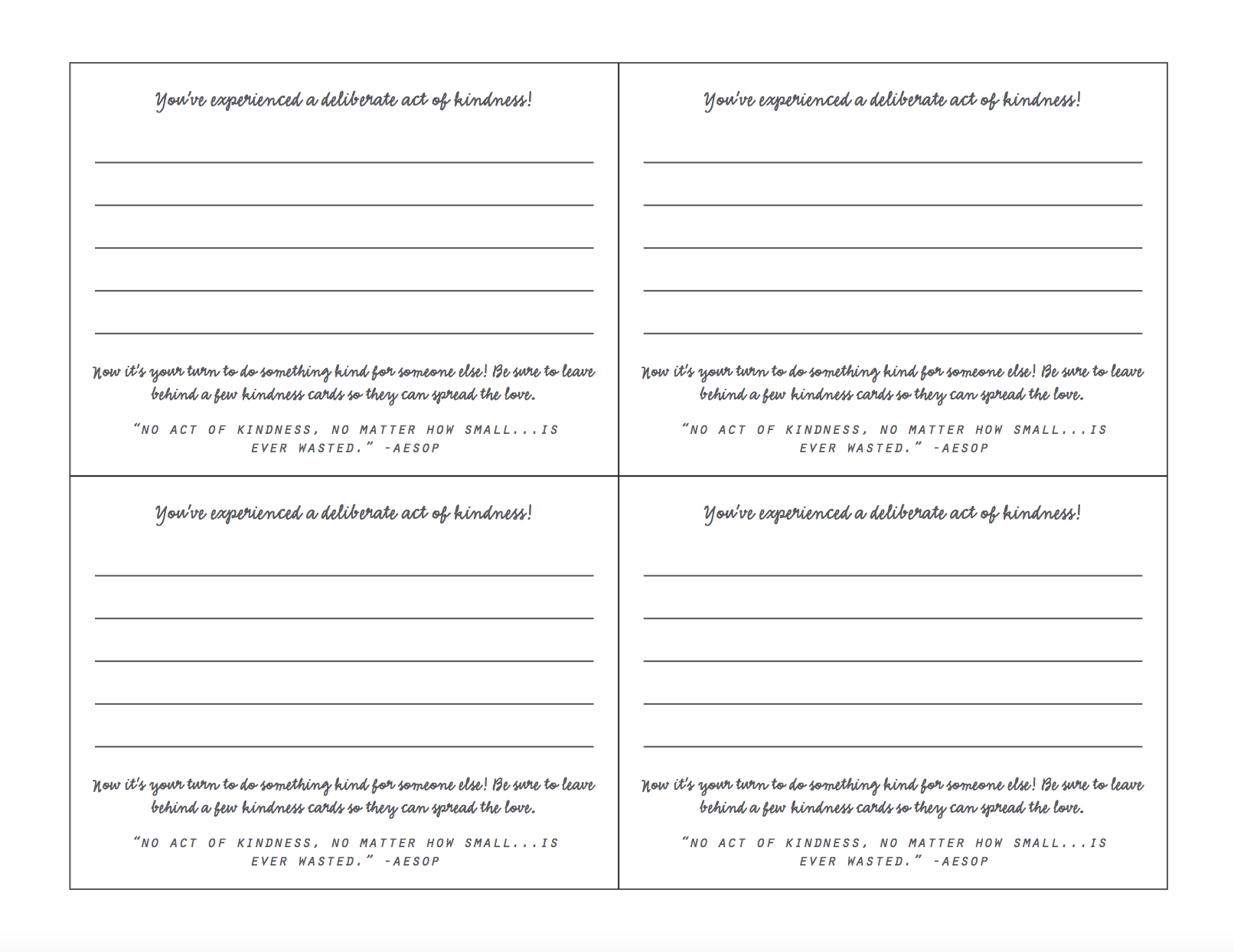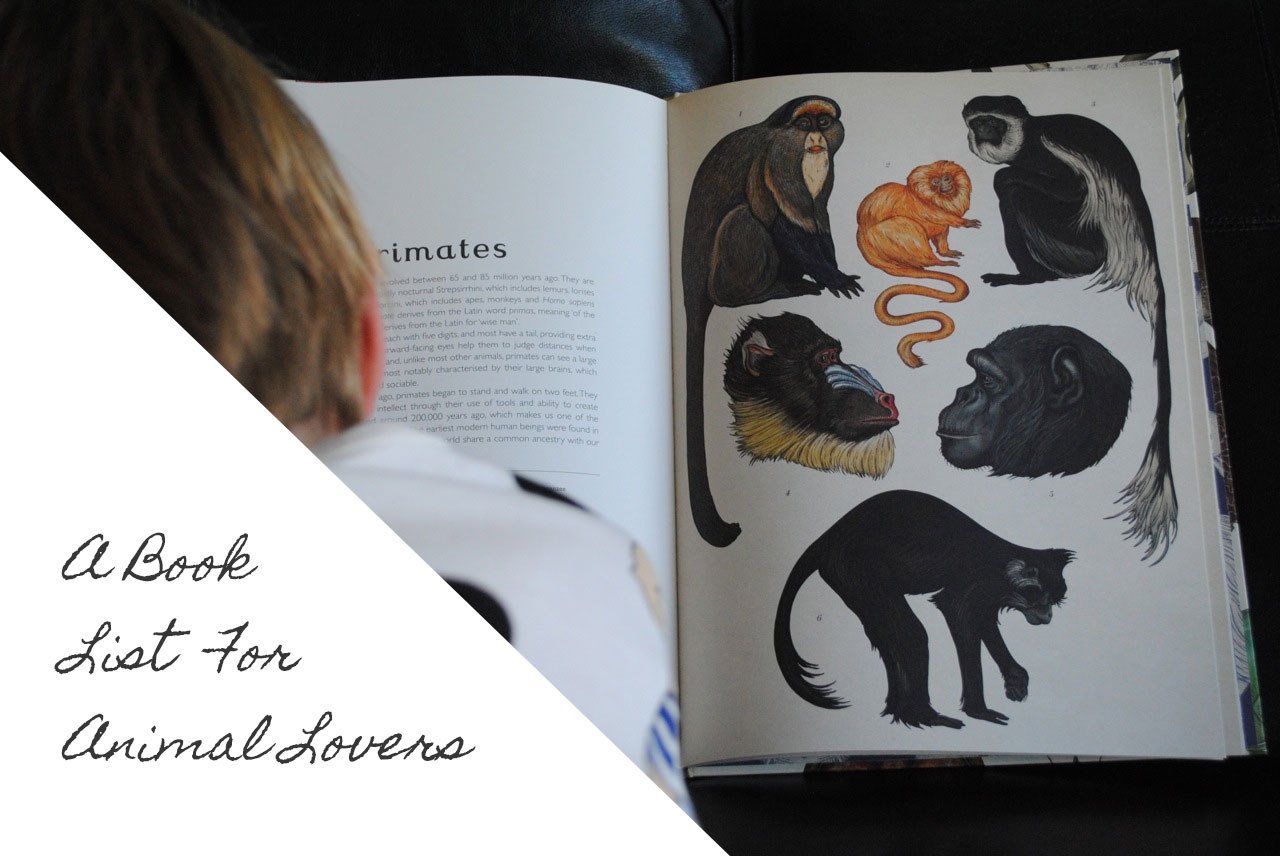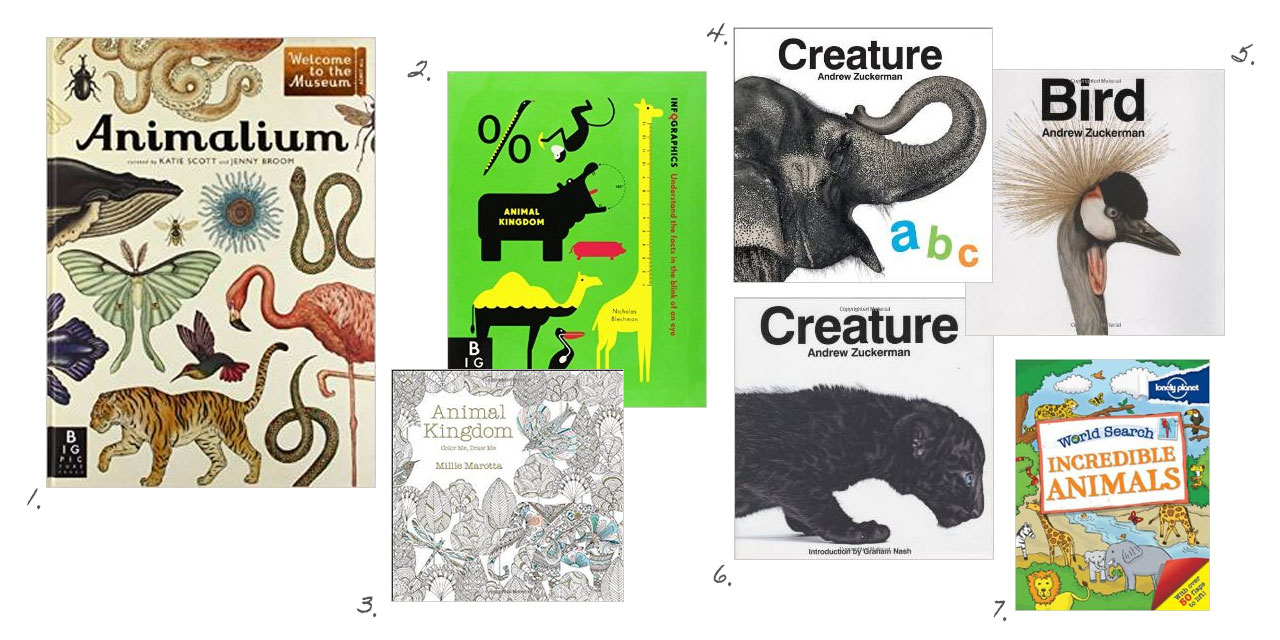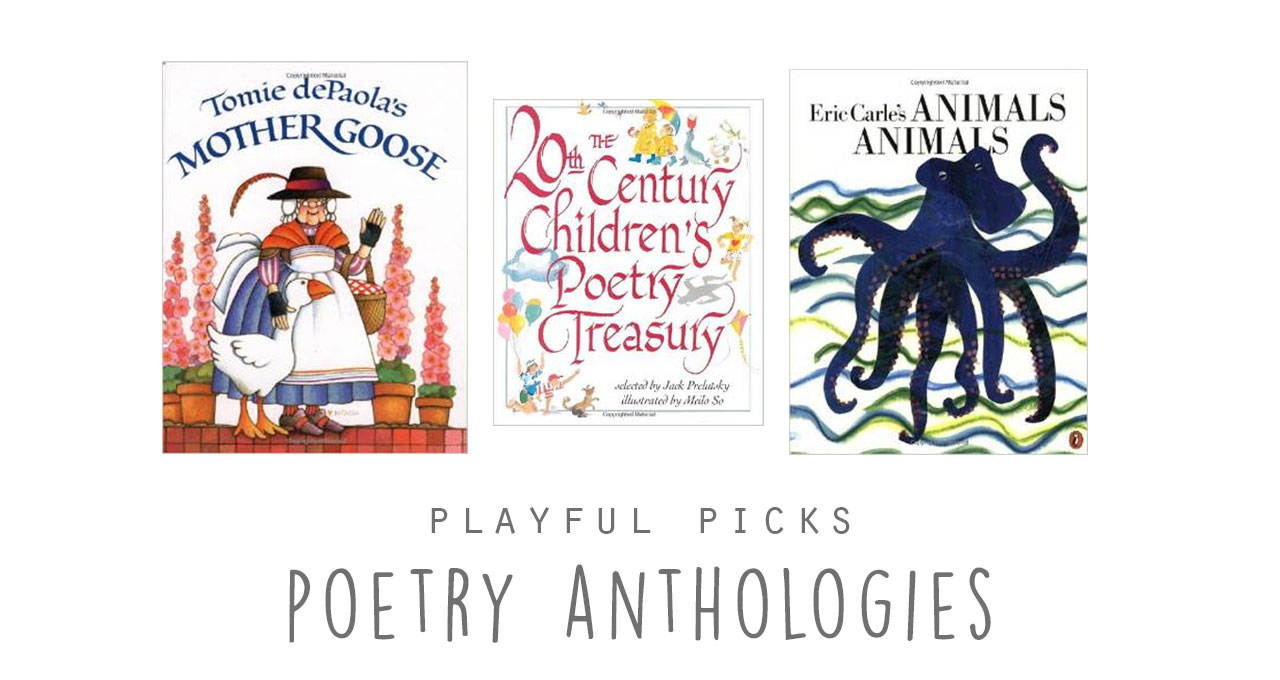 When I first started teaching I was terrified of the month of April. April means poetry in many schools. My exposure to poetry was not too much broader than Shel Silverstein in elementary school and Shakespearean sonnets in high school. However, I did want to inspire my students to love poetry and knew that I needed to immerse myself in the genre in order to do so. I began collecting poetry anthologies and made them my own personal reading. Here are a few that I love.
When I first started teaching I was terrified of the month of April. April means poetry in many schools. My exposure to poetry was not too much broader than Shel Silverstein in elementary school and Shakespearean sonnets in high school. However, I did want to inspire my students to love poetry and knew that I needed to immerse myself in the genre in order to do so. I began collecting poetry anthologies and made them my own personal reading. Here are a few that I love.
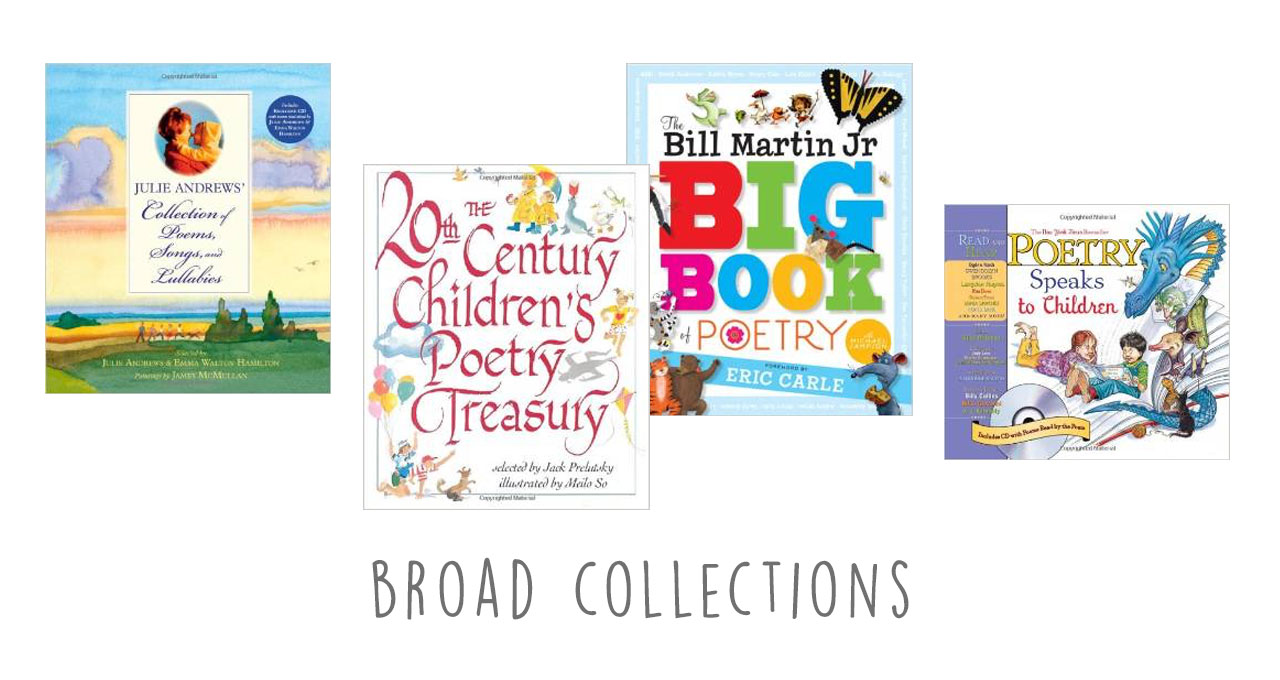
Julie Andrews’ Collection of Poems, Songs, and Lullabies, Selected by Julie Andrews and Emma Walton Hamilton, Paintings by James McMullan
I was fortunate enough to hear Emma Walton Hamilton speak about this book that she curated with her mother. She shared that in their family poems are often given as gifts. That is what this whole collection feels like, a gift of words, rhymes, and music. The collection also includes a CD of poems and the beautiful watercolors of James McMullan.
The 20th Century Children’s Poetry Treasury, Selected by Jack Prelutsky, Illustrated by Meilo So
Published in 1999 this book features over 200 poems written during the 20th century. Jack Prelutsky, one of the most loved poets in my first grade classroom, selected the poems.
The Bill Martin Jr. Big Book of Poetry, by Bill Martin Jr. and Michael Sampson
After first paging through this collection I returned to the beginning to read the forward by Eric Carle. Here I learned that Bill Martin Jr. couldn’t read until high school and was taught to read by a teacher using rhythms as his guide. What an auspicious beginning to a career in education and children’s literature. The book also features art by many award-winning authors and illustrators, with each poem having its’ own artwork.
Poetry Speaks to Children, Edited by Elise Paschen, Illustrated by Juldy Love, Wendy Rasmussen, and Paula Zinngrabe Wendland
This anthology comes with a CD featuring fifty of the poems from the book, making it a great way for any child to listen and read along.

A Journey Through Time in Verse and Rhyme, Poems Collected by Heather Thomas
This collection, created for the Waldorf classroom, but appropriate in any, features chapters on the seasons, but so much more. There are chapters of poetry featuring finger play, riddles, grammar, nature, meditations for teachers, and so much more. The book is organized in a way that the poems become more developmentally complex the further you go on through the book so parents and teachers of six-year-olds through high school students can all find something appropriate.
Julie Andrews’ Treasury for All Seasons Poems and Songs to Celebrate the Year, Selected by Julie Andrews and Emma Walton Hamilton, Paintings by Marjorie Priceman
Like their previous anthology this collection features songs, as well as poems. The book is organized by month and also by other holiday celebrations such as poems for birthdays, new babies, and rites of passage.
Poetry for Young People: The Seasons, Edited by John N. Serio, Illustrated by Robert Crockett
Part of the Poetry for Young People series this book begins each of its’ four chapters with haikus and then continues with longer poetry formats. Each of the longer poems also has information about the poet and their inspirations.
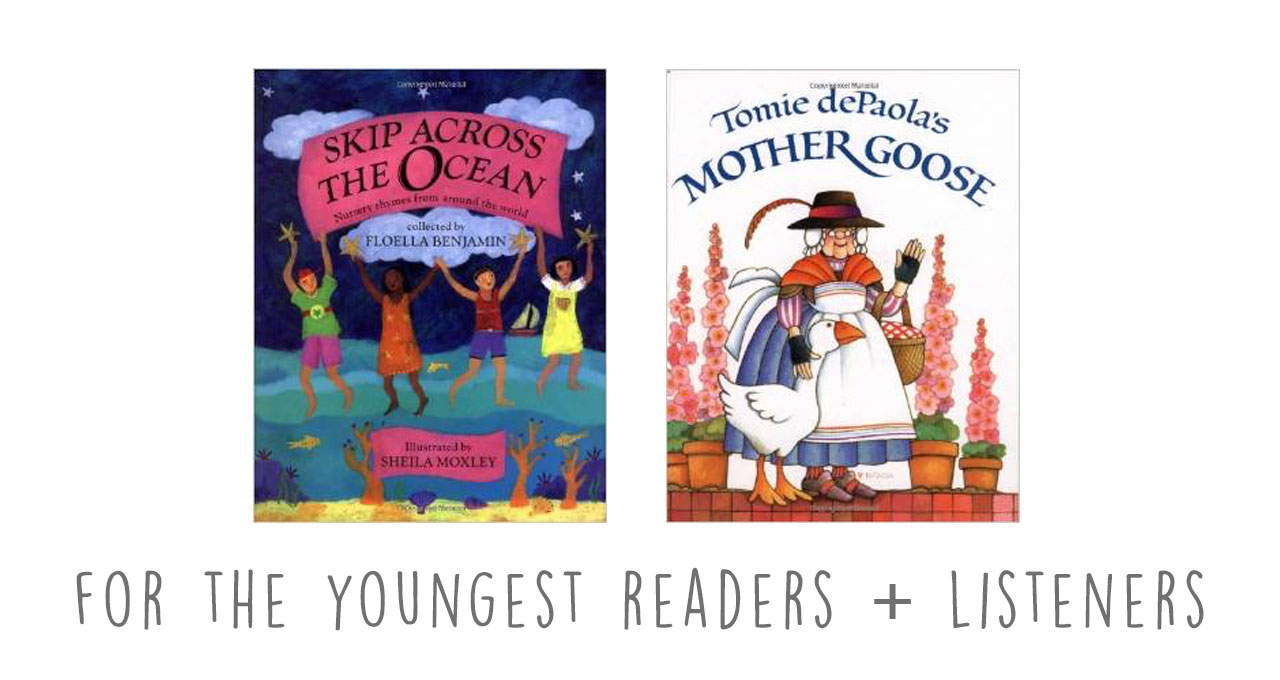
Skip Across the Ocean: Nursery Rhymes From Around the World, Collected by Floella Benjamin, Illustrated by Sheila Moxley
This collection features lullabies, action rhymes, nature poems and more. It features many cultures and often has the poems written in both English and the native language.
Tomie DePaola’s Mother Goose, Illustrated by Tomie DePaola
The classic Mother Goose rhymes featuring the bright and charming illustrations of Tomie DePaola, a favorite from my childhood.
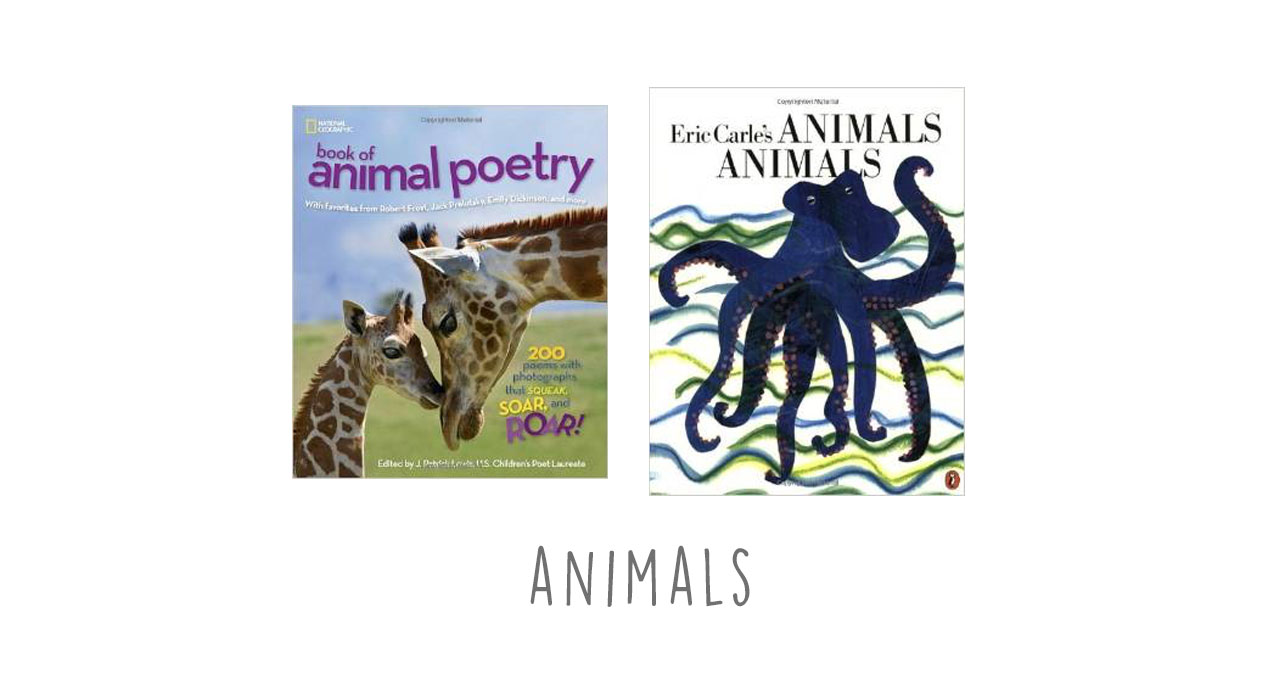
National Geographic Book of Animal Poetry: 200 Poems with Photographs That Squeak, Soar, and Roar!, Edited by J. Patick Lewis
Stunning National Geographic photography and poetry together, need I say more?
Eric Carle’s Animals Animals, by Laura Whipple, Illustrated by Eric Carle
Featuring Eric Carle’s recognizable and iconic collages this book contains long format poems, haikus, and sayings about many species in the animal kingdom.
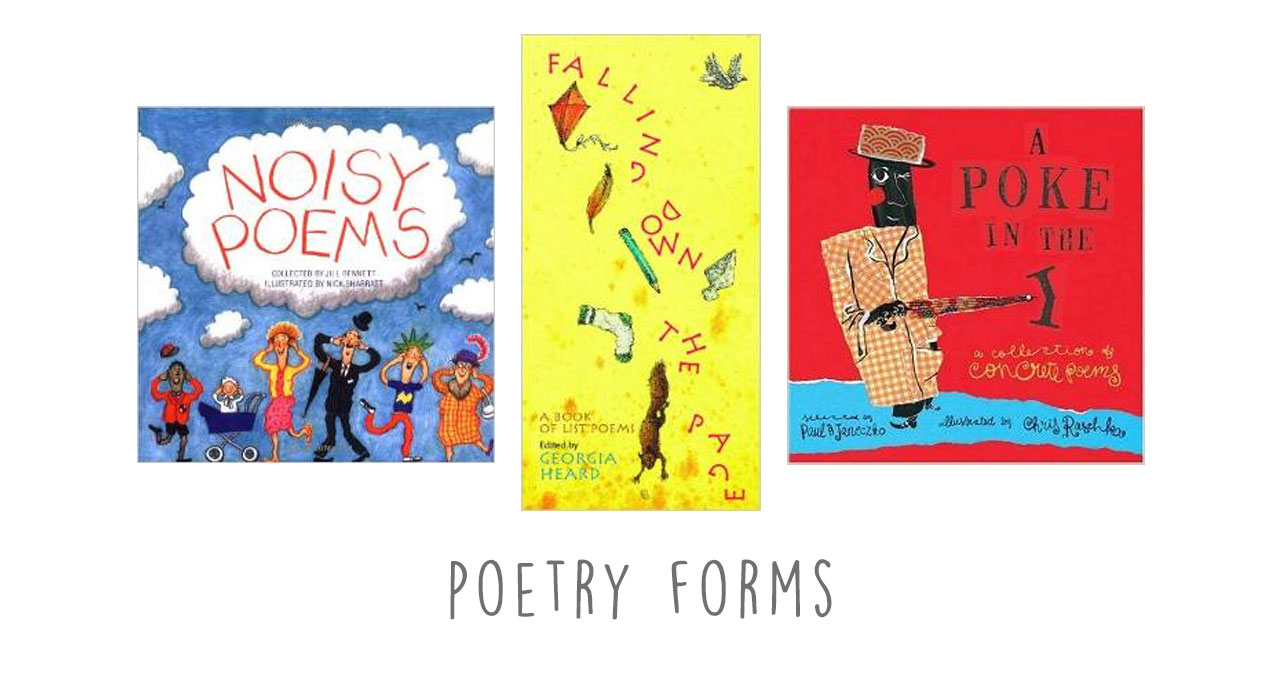
Noisy Poems, Collected by Jill Bennett, Illustrated by Nick Sharratt
Every time I read a poem from this book to my class I had their full attention. Many of the poems inspired a laugh and it was a great teaching tool when introducing onomatopoeia and decoding nonsense words with older readers.
Falling Down the Page: A Book of List Poems, Edited by Georgia Heard
List poems are so very accessible to all levels of readers and writers, which is what makes this collection so great for the classroom, or for a family, that is exploring poetry. Georgia Heard whose books on teaching poetry were huge inspirations in my formative years as a teacher edited this collection.
A Poke in the I: A Collection of Concrete Poems, Selected by Paul B. Janeczko
Concrete poems use not only words, but also shape and design, to express their meaning. This book is a visual feast and may help “hook” children who are otherwise adverse to poetry.
SaveSave

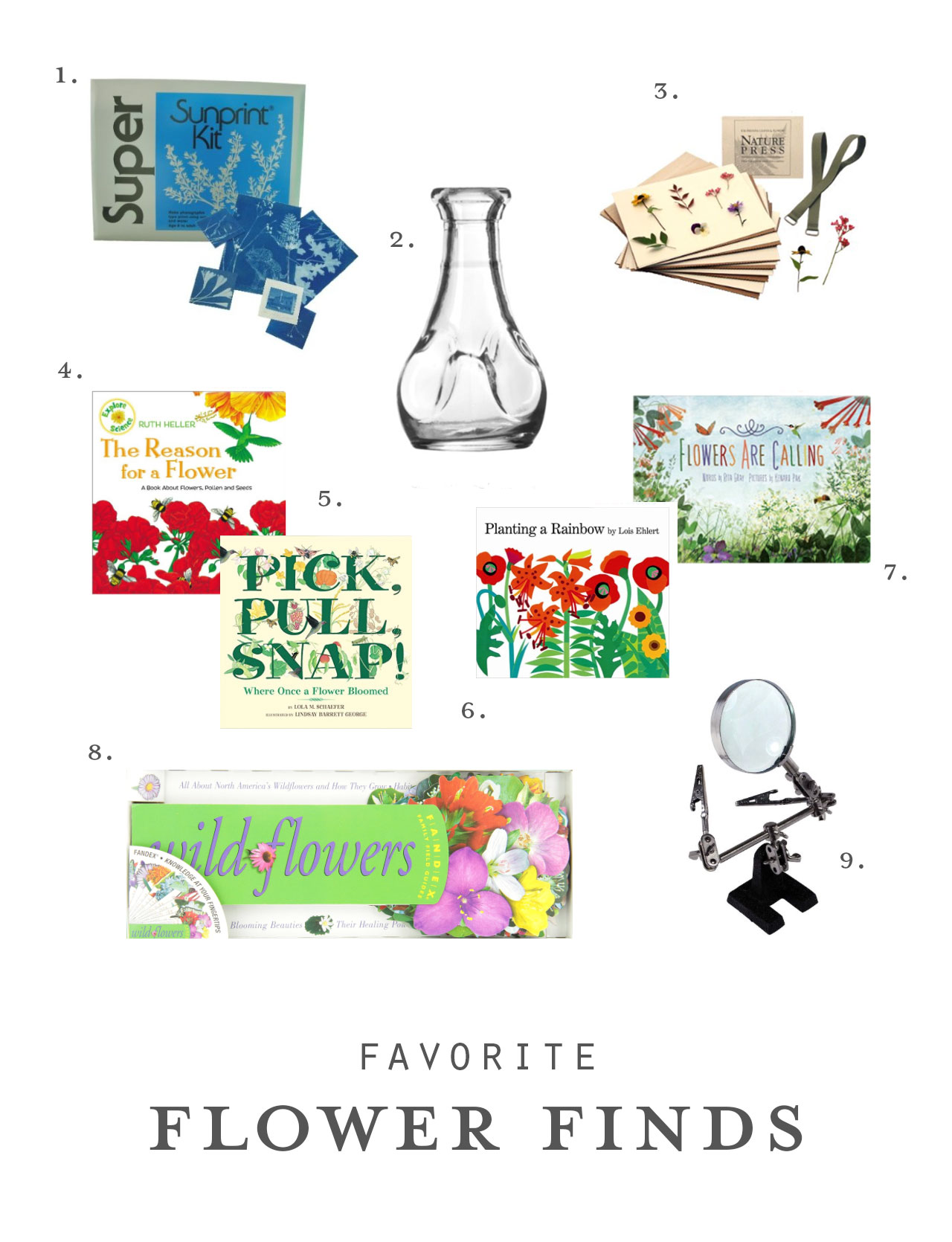
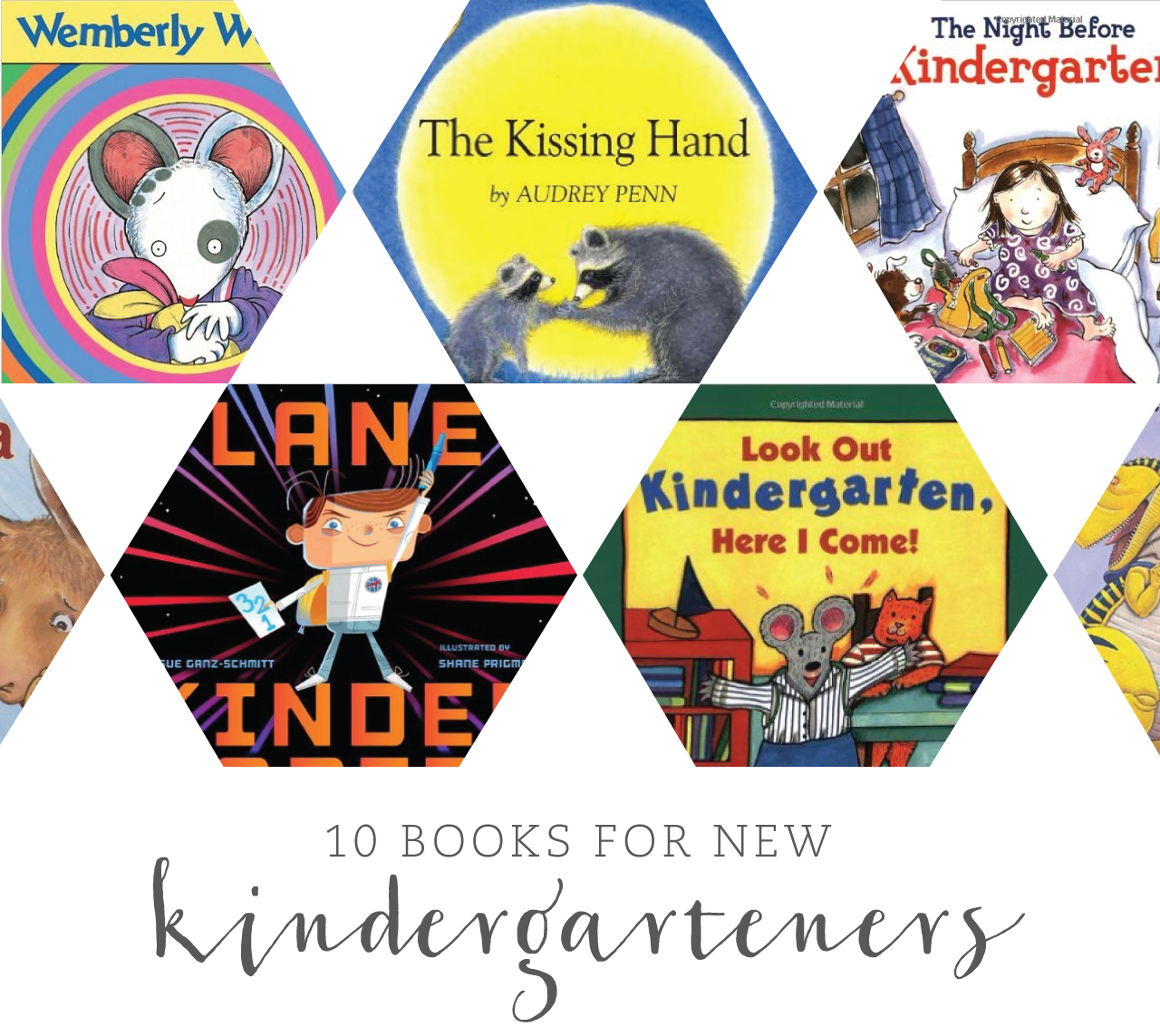
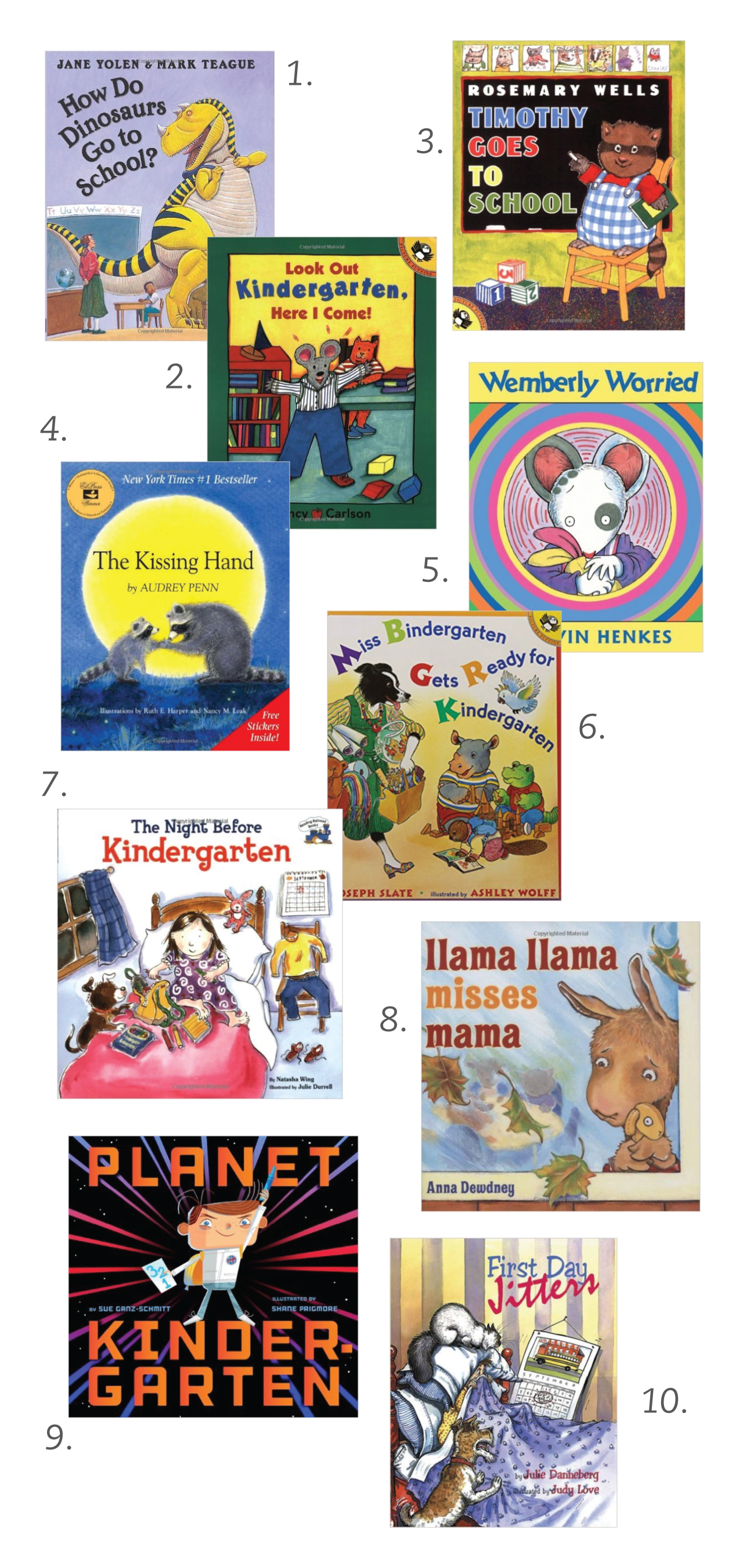
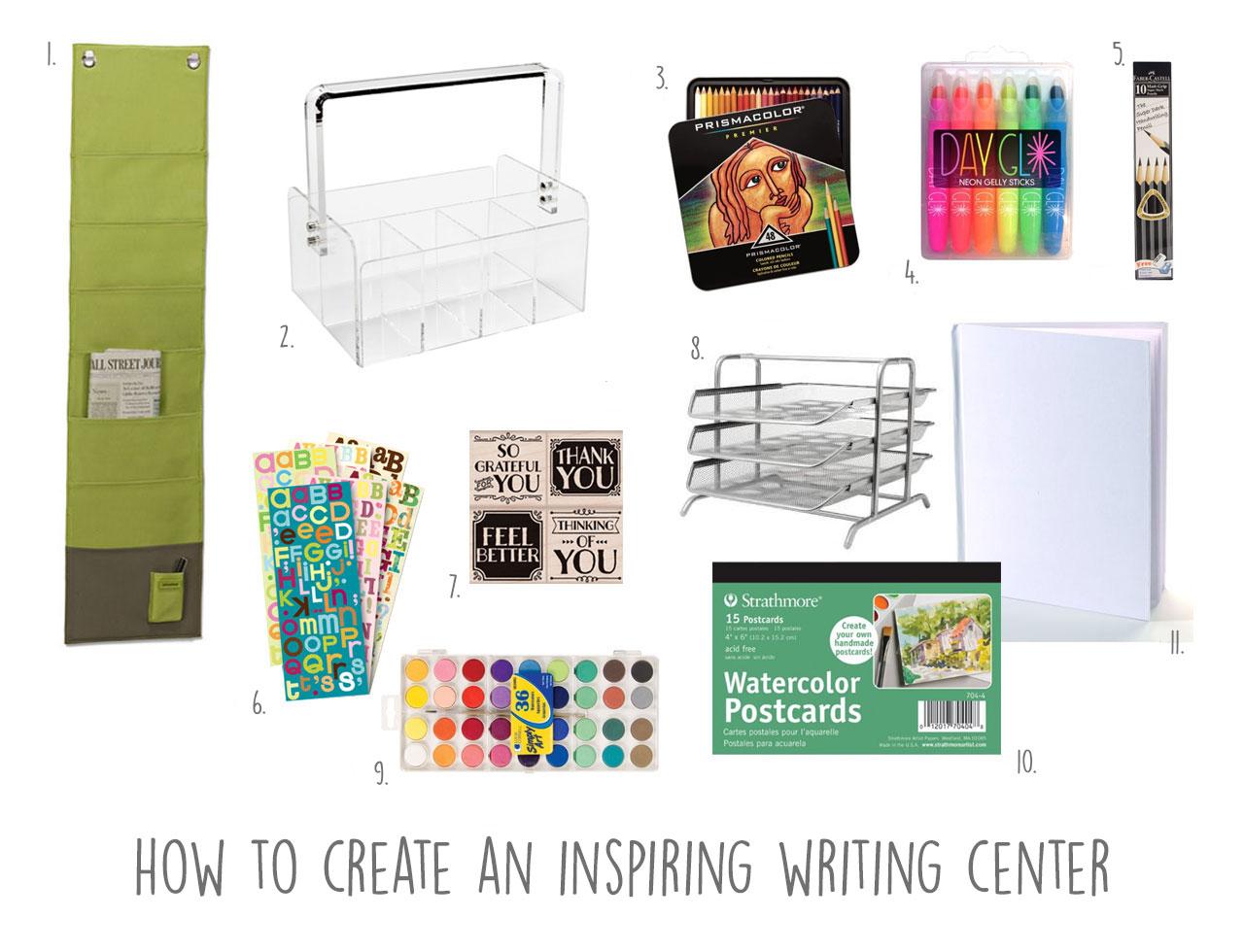
 When I first started teaching I was terrified of the month of April. April means poetry in many schools. My exposure to poetry was not too much broader than Shel Silverstein in elementary school and Shakespearean sonnets in high school. However, I did want to inspire my students to love poetry and knew that I needed to immerse myself in the genre in order to do so. I began collecting poetry anthologies and made them my own personal reading. Here are a few that I love.
When I first started teaching I was terrified of the month of April. April means poetry in many schools. My exposure to poetry was not too much broader than Shel Silverstein in elementary school and Shakespearean sonnets in high school. However, I did want to inspire my students to love poetry and knew that I needed to immerse myself in the genre in order to do so. I began collecting poetry anthologies and made them my own personal reading. Here are a few that I love.




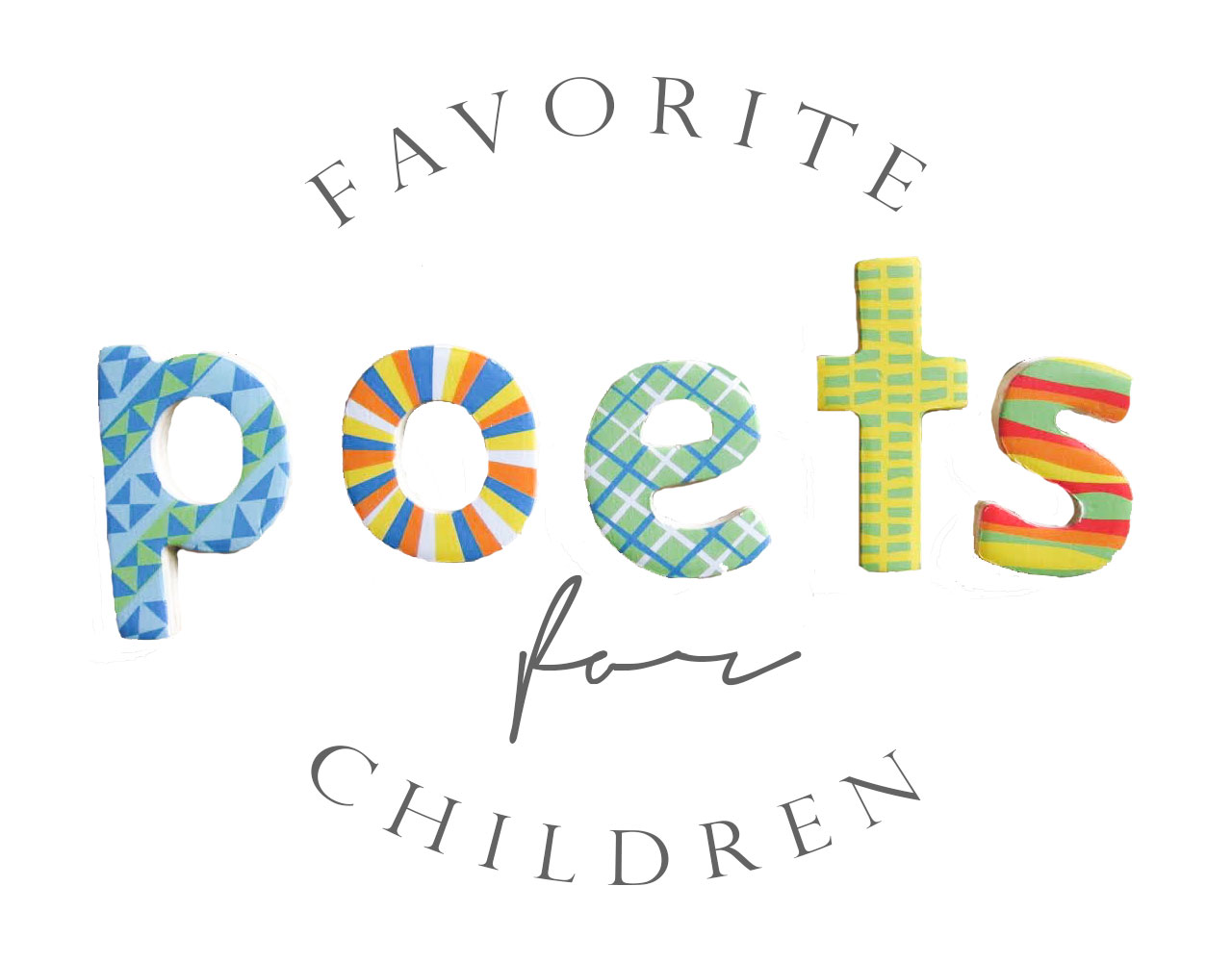 As I sat down to compose a list of my favorite poets, I became aware that I read poetry like a writer, and I consider the young writers who might be inspired by these poets. We all know that children love rhyme, but it can be very difficult to write good rhymes. Also, sometimes children assume poetry has to rhyme or be about beautiful scenery. I love poetry that surprises children and helps them to see poetry in different ways. Here, you will find poems about safety pins, Mars, Iguanodons, and marshmallows. Some rhyme. Some don’t. Enjoy.
As I sat down to compose a list of my favorite poets, I became aware that I read poetry like a writer, and I consider the young writers who might be inspired by these poets. We all know that children love rhyme, but it can be very difficult to write good rhymes. Also, sometimes children assume poetry has to rhyme or be about beautiful scenery. I love poetry that surprises children and helps them to see poetry in different ways. Here, you will find poems about safety pins, Mars, Iguanodons, and marshmallows. Some rhyme. Some don’t. Enjoy.

